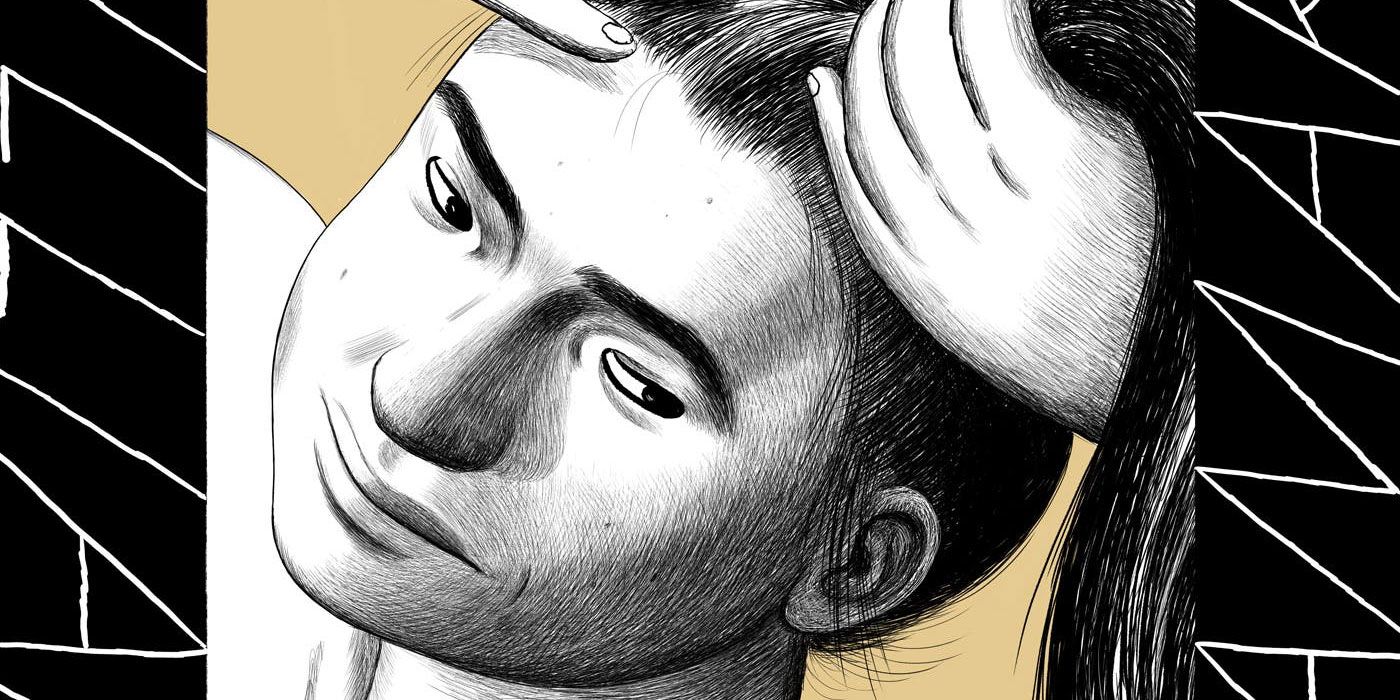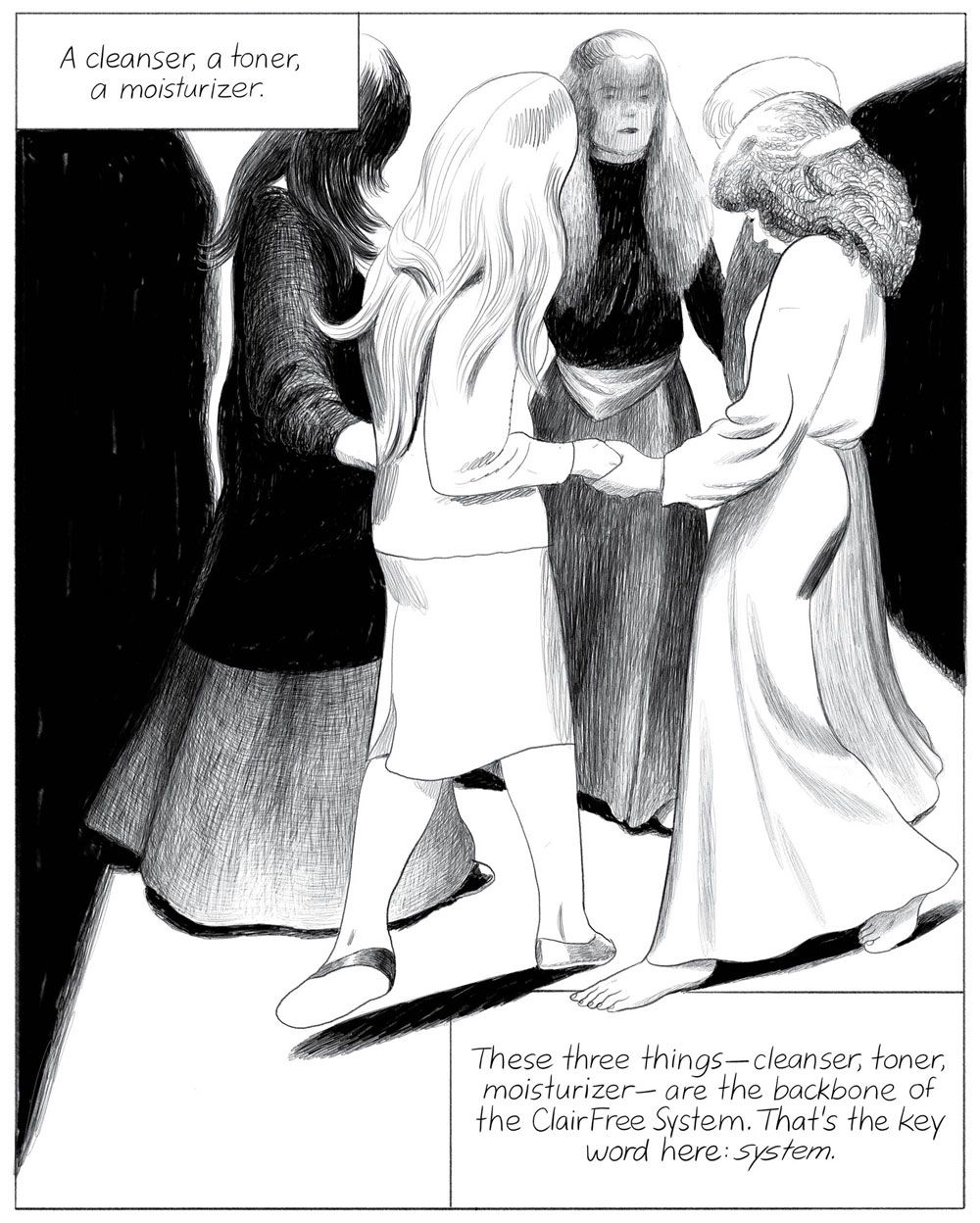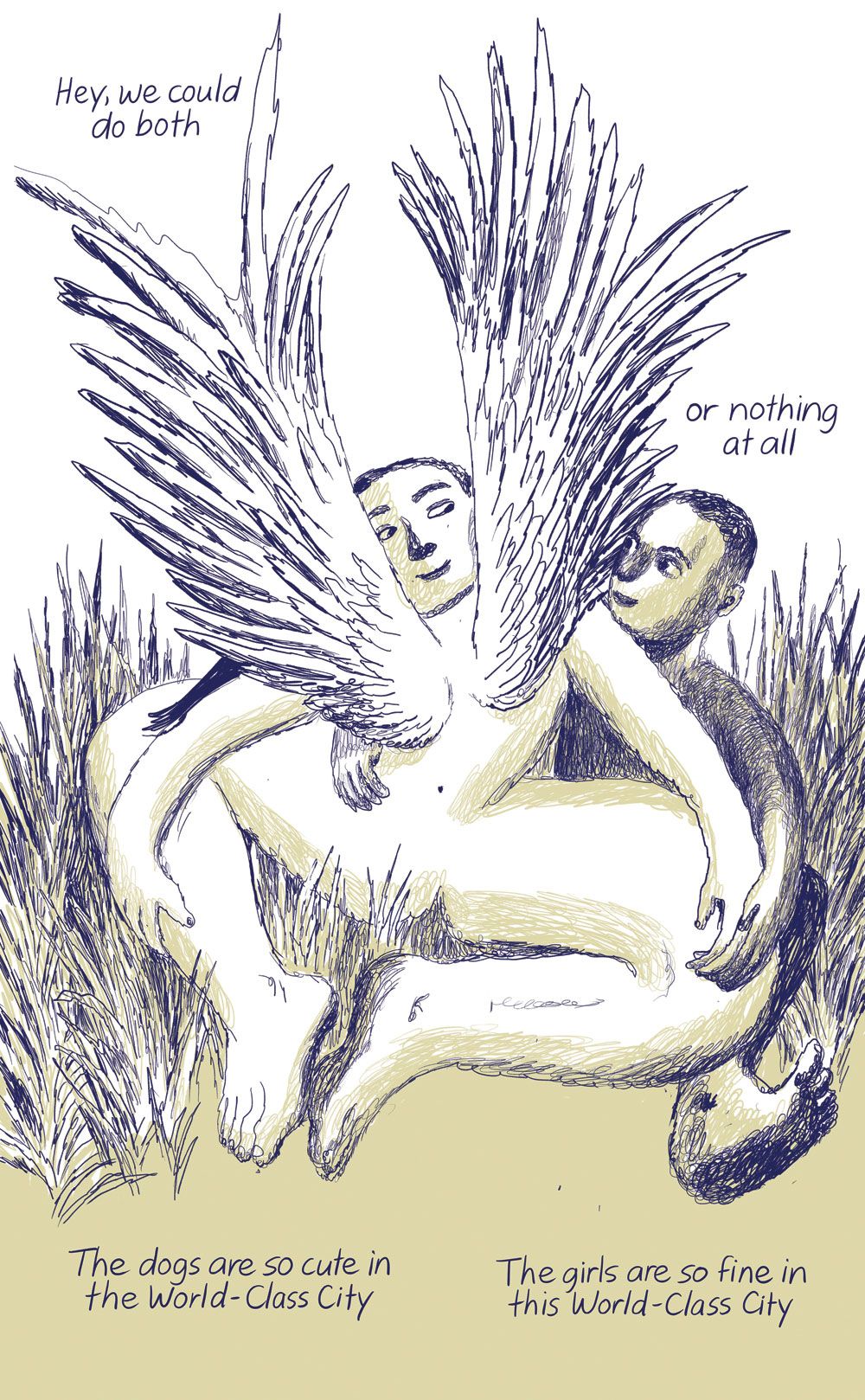Jillian Tamaki’s latest book, Boundless, in stores now via publisher Drawn & Quarterly, follows on the creator's hits This One Summer and Supermutant Magic Academy. Boundless is a shift to more adult storytelling, with a focus on women and their sense of connection to the world around them.
In one tale, a woman finds her clothes no longer fit, as she begins to recede from the world around her. Another woman discovers ‘mirror Facebook,” where an alternate (better?) version of herself chronicles her relationships and successes. Other stories detail the stigma of discovering a bedbug infestation, or chart the ebb and flow of a cult-favorite song, or take readers inside the experience of various animals.
RELATED: Jillian Tamaki Enrolls at Supermutant Magic Academy
Ahead of the new book's release, Tamaki took some time out during her tour to answer some questions about following up on her previous hit and continuing to break new ground, while giving readers some flavor from several of the short stories from Boundless<.
CBR: Jillian, “World-Class City” is more a poem or meditation than a story, and it’s very striking for anybody living an urban life. When you’re working on something that doesn’t have a concrete narrative visual, how do the images come to you and incorporate with the text?
Jillian Tamaki: They are originally song lyrics.
Sometimes I think about how the image-element of comics can actually feel like it limits the word-element. Sure, images are supposed to support and "show not tell" and vice-versa, blah, blah, blah. But it can feel like words are more open-ended in their meaning and symbolic and once they get saddled to an image sometimes something gets lost. Anyway, I think it's fun to pull the image and words a little further and see if the meaning still stands, changes, or takes on something entirely new.
The use of colors in “Body Pods” makes for a very emotional effect. What makes that technique the right for this tale of a woman whose relationships are continually complicated by her partners’ affection for a particular pop culture touchstone?
Everything in this book was done digitally. Obviously that story uses two colours to very clearly break up the fictional and "real life" sequences. I wanted the images from "Body Pods" -- the movie all the protagonist's love interests are obsessed with -- to be a little more vivid and alluring. Sometimes fictional worlds and spaces are richer, safer, and more interesting than our everyday lives.
In “1 Jenny,” we see a woman who is able to watch an alternate version of her life unfold on “Mirror Facebook.” It’s ultimately a glass half-full story, isn’t it? Things may look better somewhere else right now, but they aren’t always going to stay that way.
If you think it's half-glass full, I'm OK with that.
What inspired “HalfLife,” in which a woman finds herself inexplicably shrinking away to microscopic size?
Well, I think it's an interesting premise to think about! Thinking about the sequence of events as people try to control the situation.
You really capture the feeling of shame in “Bedbug.” The couple here haven’t done anything wrong - they got this infestation from bad luck, wrong time/wrong place. Isn’t it strange how we can feel so terribly about something we can’t truly control?
Well, the wife did do something wrong. She had an affair. And she may have gotten bedbugs as a result of it, but obviously one never does know. But yes, all around us everyone is always attempting to exert control over their lives and situations but it's often just an exercise. They just make us feel better–the alternative, to acknowledge that much of our lives is not controllable, is terrifying chaos.
“Sexcoven” follows the popularity arc, from cult favorite to mass appeal then back to the hardcore audience. I’m wondering how it feels to follow up This One Summer, which seemed your mass appeal breakthrough? Do you feel any extra pressure on this set of stories?
It's a totally different book from This One Summer. I mean, that was marketed as a YA book, this is obviously for adult audiences. I feel very fortunate that I can mix it up. As far as pressure, there is always pressure to make a good, successful book. But in the end, I don't really have much to do with it. I did my best and was present and attentive to the work.
“Boundless” is a nice bookend to “World-Class City” at the start of the book. Again, it’s more a poem, the sensations of animals - both their freedoms and their vulnerabilities. This time, however, the imagery is more literal. Where did this one come from?
I walk around my neighborhood in Toronto a lot. On a sunny day, I saw a bird land on a wrought iron fence. Inside the wrought iron fence design there was a spiderweb which was caught in a light beam. And I just thought, how does that bird perceive that web? Does it see it? Is it as inconsequential to it, as it is to me? I mean, the bird was really tiny. Anyway, this is quite twee, but it just made me think about how we navigate the world, how much it would vary from species to species, but also from human to human.
How far back does the oldest of these stories date? What about the most recent?
Oldest is probably around 2011. Newest 2016.
There’s an impressive range of story styles in Boundless (the book, not the short). Do you see any themes or connections between them?
I suppose there is a sense of connection/disconnection. Or transcendence.
What’s next for you?
A picture book, which will come out next year.




